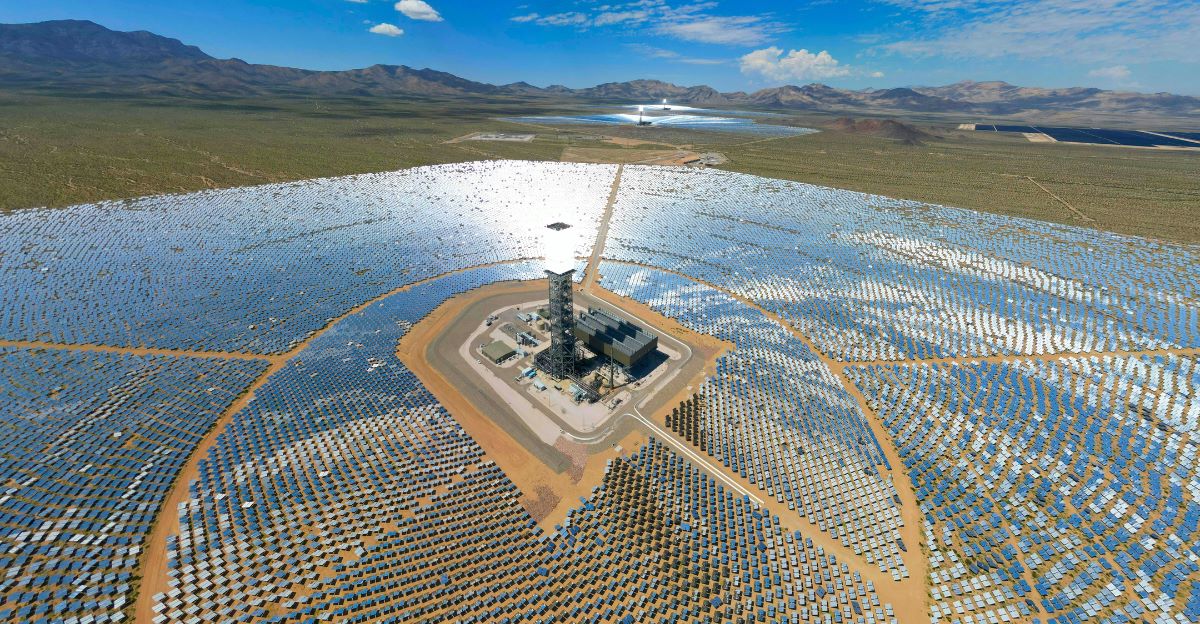
California policymakers boasted in the early 2000s about renewable energy as the future wave, promising it would save families’ money on utility bills and stabilize the grid. Now, two decades later, California has the second-highest electricity rates in the nation, after Hawaii. What went wrong?
The Cost of Green Ambitions
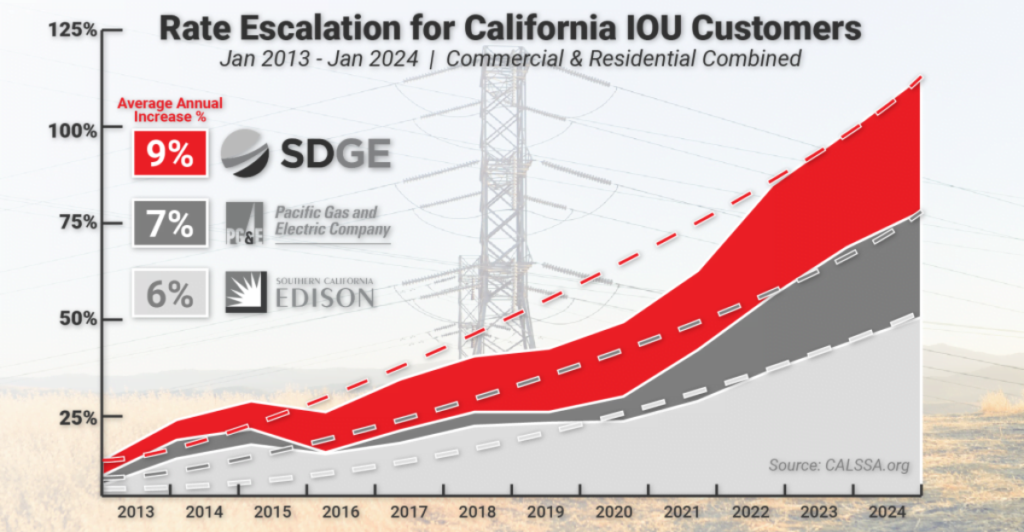
California electricity costs have surged under rigid renewable requirements. In 2023, industrial power cost 21.98 cents per kilowatt-hour compared to Texas’ 6.26 cents. State compression on renewables with too little backup generation has caused rising costs and an unreliable power system.
Environmental and Economic Trade-offs
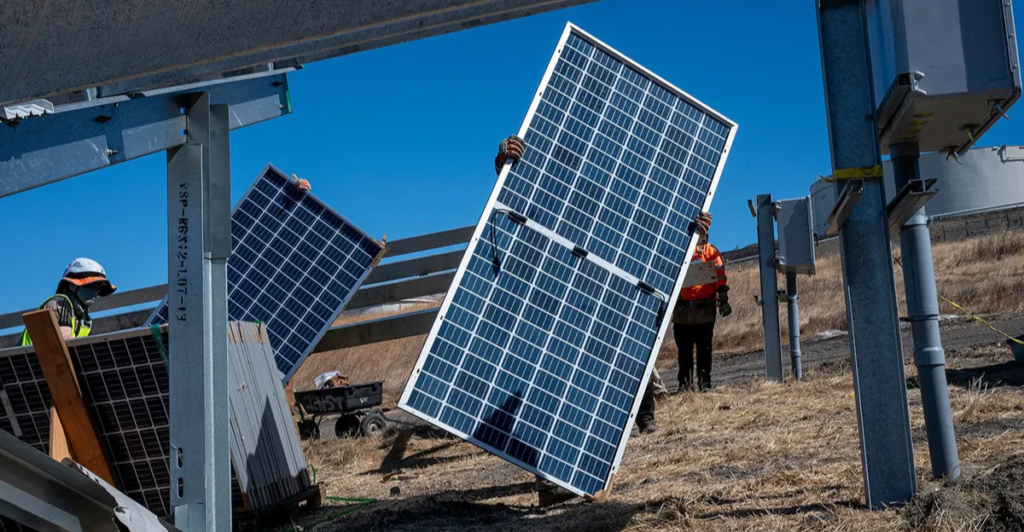
The Californian state has, to some extent, managed to suppress carbon emissions, but the expense of renewable energy plants and its effect on wildlife has been significant. For example, big solar farms in deserts like the Mojave Desert push wildlife out of their territory and interfere with natural ecosystems. Moreover, consumers and businesses also experience the economic consequences of increased energy prices.
Land Use Conflicts

The U.S. Fish and Wildlife Service has recently designated 760,000 acres of land in California as critical habitat for the endangered foothill yellow-legged frog. This encompasses land use and development restrictions. But the majority of these protected habitats are currently being threatened by renewable energy projects.
Effects on Wildlife
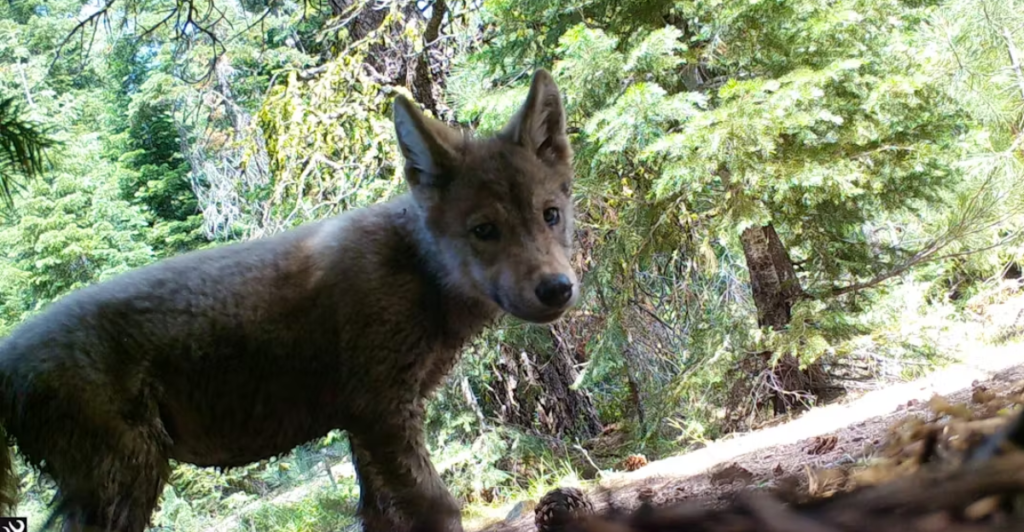
A 2024 report dictates that renewable energy facilities can invade important habitats. The San Joaquin Kit Fox will lose more land as big business renewable energy ventures take over its land.
The Double Challenge

Ironically, as California strives towards 2045 carbon neutrality, its enthusiasm for clean energy has wrought unintended consequences. The expansion of solar and wind farms has caused the endangerment of threatened species like the San Joaquin Kit Fox and the kangaroo rat.
The Cost of Renewables

Aside from the cost to the environment, these regulations have damaged California’s economy. With expensive electricity and unstable energy, businesses are being harmed, while states like Texas that use diversified fuels are doing just fine with significantly lower costs.
The Reliability Issue

Renewables are intermittent and necessitate backup solutions. California has shut down most of its natural gas plants but battery storage is still costly and inefficient. California is compelled to import energy at a high cost, driving up the price of electricity.
A Pattern of Poor Energy Policy
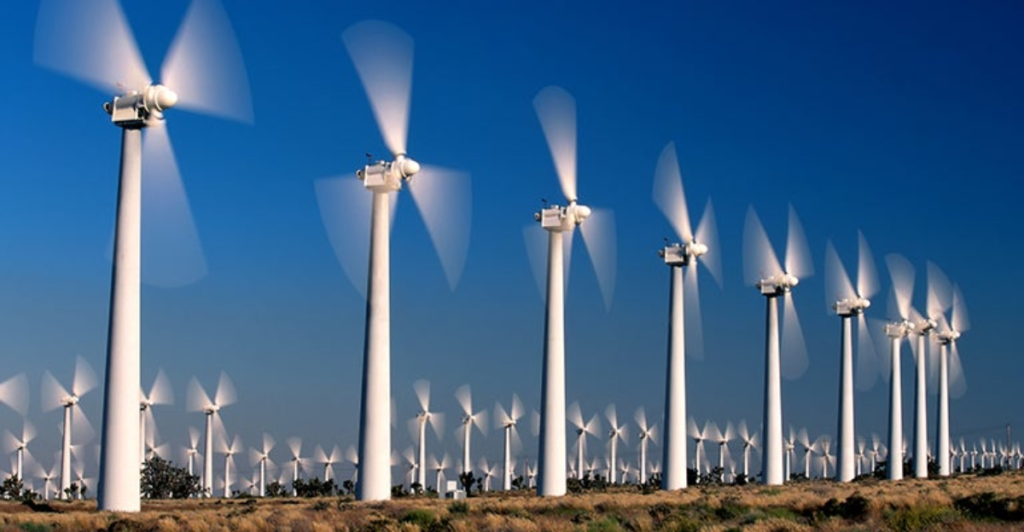
It isn’t only California that is under a plague of green energy policies. New England suffered too, as it had to deal with higher energy costs and power deficiencies. This happened after the country had to limit the production of natural gases. Going green is slowly becoming far too expensive.
A Self-Inflicted Energy Crisis
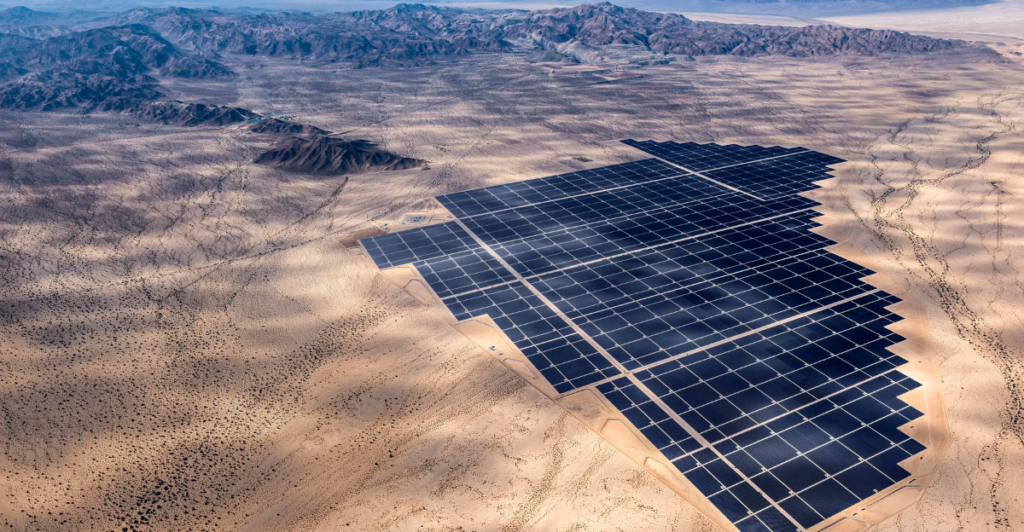
As a result of these policies, companies are exiting California, power reliability is decreasing, and even the state’s own tech industry is threatened. In contrast, states like Texas, which have a diversified energy mix, have held up better and remained more cost-effective.
The Call for a Balanced Response
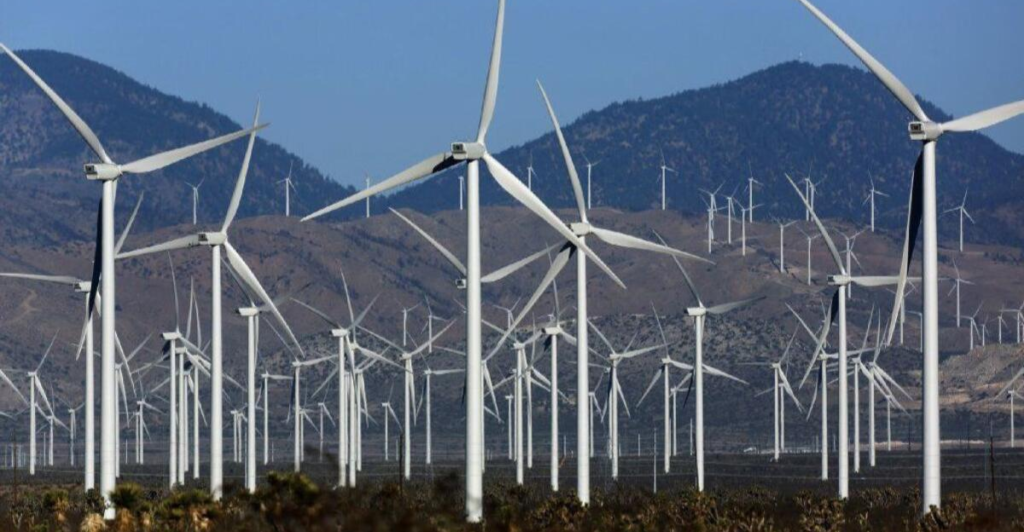
California needs to balance its clean energy ambitions against the cost and conservation of the environment. A balanced blend of natural gas, nuclear, and renewables could stabilize the grid, reduce costs, and safeguard prime wildlife refuges.
The Way Forward
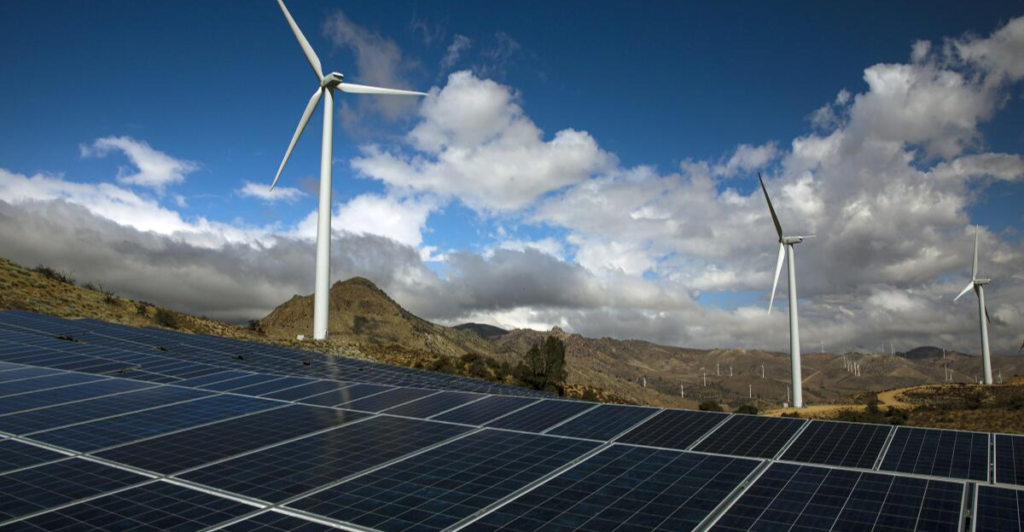
Rather than calling for 100% renewables blindly, California needs to follow a more realistic route: permitting a diversified energy mix with nuclear, natural gas, and renewables, to preserve the most critical wildlife areas.
The Hidden Costs of Green Energy
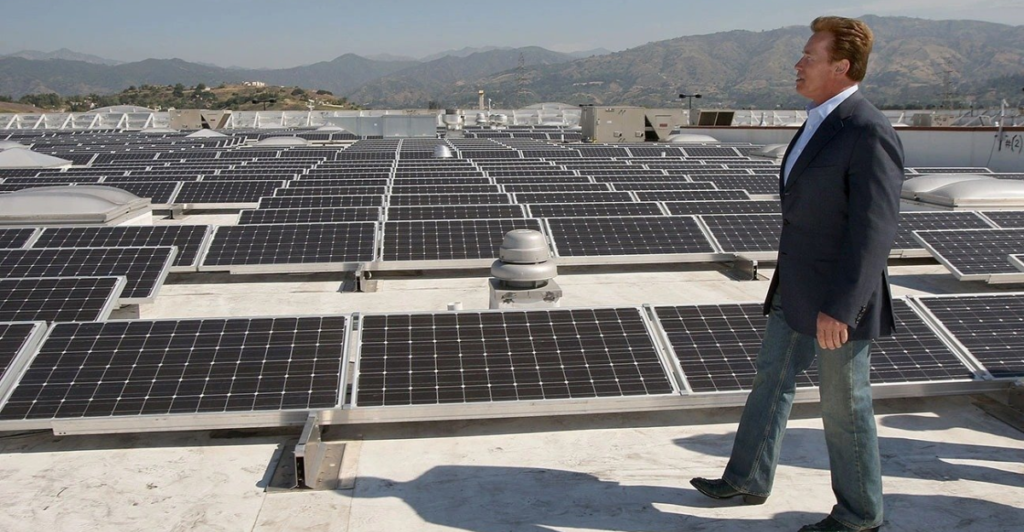
California’s green energy policies have had unintended consequences: higher energy costs, an unreliable grid, and threats to wildlife. A more balanced strategy is needed, one that considers affordability, reliability, and actual environmental impact.“Going green” shouldn’t mean going dark or making it harder for species to survive.
Explore more of our trending stories and hit Follow to keep them coming to your feed!

Don’t miss out on more stories like this! Hit the Follow button at the top of this article to stay updated with the latest news. Share your thoughts in the comments—we’d love to hear from you!







